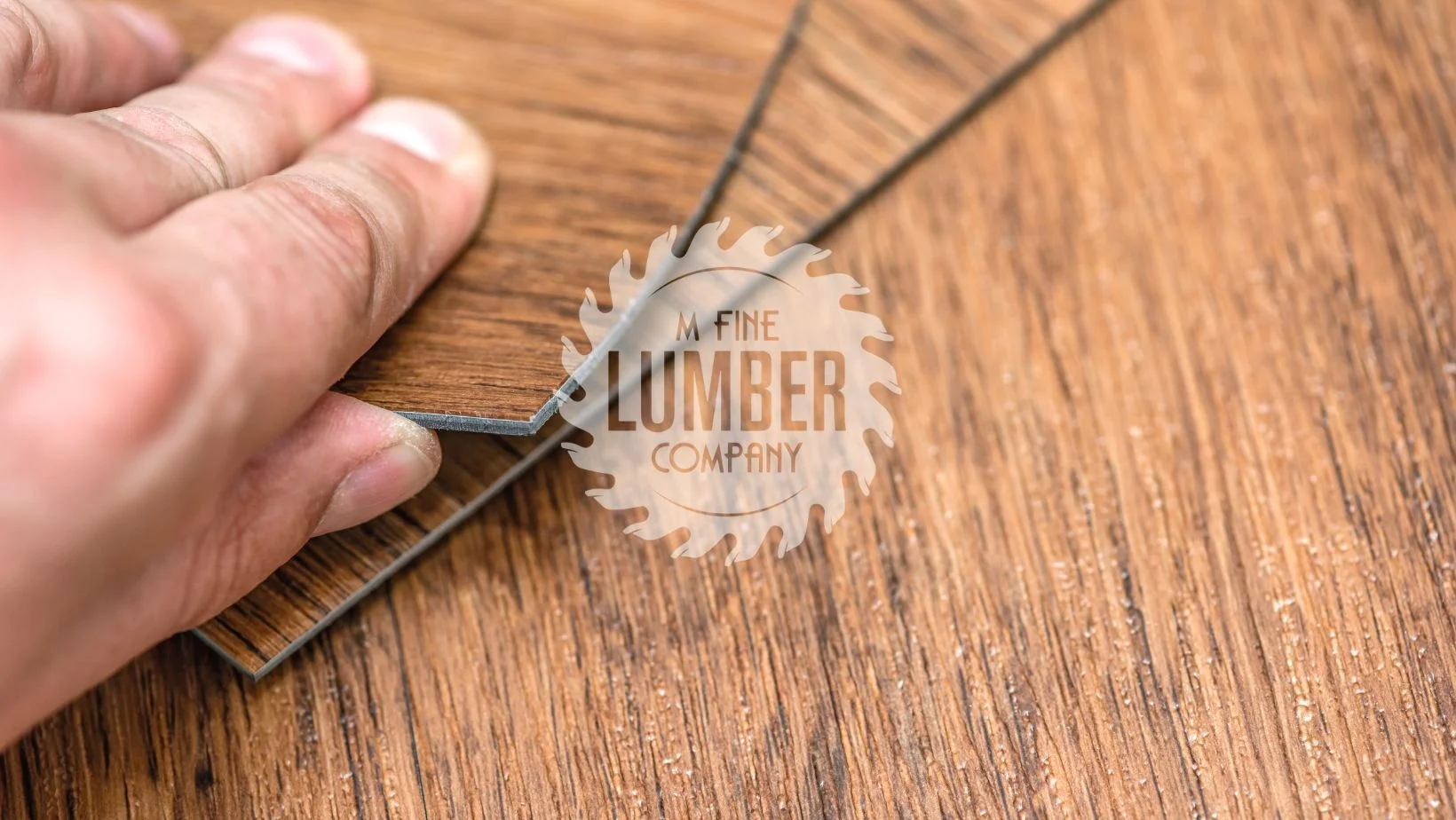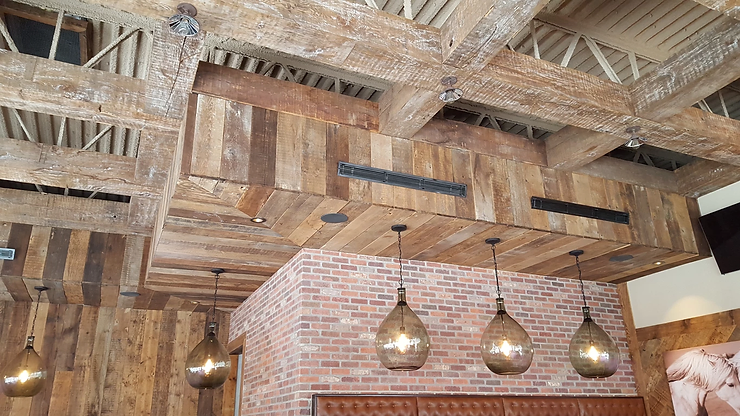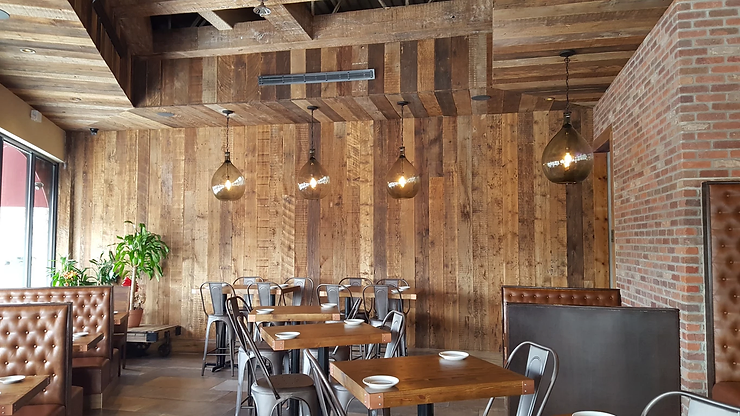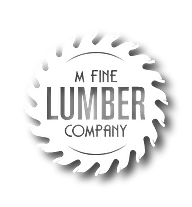
A room’s walls and ceilings can be remodeled or covered in a variety of different ways. Many homeowners choose to paint their drywall, others have experimented with American Clay, some still use wallpaper (we recommend not going in this direction), but still, some prefer to cover it with wood paneling or log siding instead. Each of these methods has the potential to dramatically enhance the visual appeal of a room. But not all decisions turn out the same.
Paneling, in particular pine wallboard, is a fantastic choice for creating a softer, yet still rustic vibe in your home. Pine paneling is available in a wide range of colors and styles. It can be applied to walls, ceilings, and even some furniture to give them the look and feel of nature.

What are the benefits of pine paneling?
The effect of wood on interior surfaces has been extensively explored. Incorporating wood, such as pine planks, can influence occupants in multiple positive ways. Rooms with actual wood surfaces stimulate the same sentiments as spending time outside or in nature. This appears to be especially true when wood surfaces are employed in places where people expect to see them, such as flooring, cabinets, and furniture.
Installing pine paneling on interior walls or ceilings can provide some of these benefits and more. A greater sense of well-being, as well as a reduction in stress, can be achieved by this practice.
Wood wall paneling is also an excellent way to add character and warmth to any space. Pine, in particular, has a rich, warm tone that can brighten up a living room while also making it feel cozier.
You may find wood paneling in many hues and patterns, with pine being on the lighter hue side of the spectrum and having a simple and commonly recognized pattern. All wood wall options, including pine, can be rustic or modern. Wood wall paneling, whether used alone or in conjunction with other wood items around a room, can improve the aesthetic of any area and make it more fun to be in.

High ceilings
With a high ceiling featuring pine paneling, the space will feel more welcoming and homey. Natural pine’s warm tones constrict the sight, making distant places seem closer. Installing this paneling is sure to transform an area that had previously seemed gloomy and dry by making it richer and aesthetically pleasing.
Back shelves
You can make eye-catching bookshelves by installing pine wall paneling at the back of each shelf or nook. Almost anything you put there will look better, and this small detail may make a big difference in the look of your home.
Framing doorways
Installing pine paneling around and over open doorways is another way to use it as an accent piece. There is a visible and actual opening as a result of this. In addition to enticing you inside, it also enhances the space on either side of the door.
Despite its flaws, knotty pine’s merits cannot be denied. A great natural choice for home decor because of its rustic look.
A wood wall or ceiling can be incorporated into a single room or the complete house in a variety of looks. Different designs for the ceiling and walls are possible. This style of paneling comes in a variety of ways, including horizontally, vertically, or at a 45-degree angle.
Gather your supplies. You’ll need the following:
Soft-lead pencil
Flathead screwdriver
Level
Tape-measure
Stud finder
Jigsaw
Miter saw
Sixteen-gage finish nailer
Two-inch finish nails
2. Begin measuring
To estimate the amount of space required, measure the length of your wall. Check your measurements at least three times with a tape measure to make sure you’re on the right track. If you don’t remember, write them down. Before you start putting your panel wall together, make a rough sketch of what you want it to look like.
3. Secure the panels.
Make sure your panels are securely attached.
To begin, install your foundation row. Using a brad nailer, shoot two nails into the board in line with your studs.
Start adding the top rail once you’ve finished attaching the base rail. Your side stiles, which should fit between your top and bottom rails, can now be installed. Before you nail them down, use a spirit level to make sure they’re even.
Finish installing the stiles one at a time, and then put horizontal rails in between each one to complete the project.
Once you’ve completed the first panel, you may move on to the next one.
You may need to trim the height of your final row, so make sure to measure it and use a jig saw to cut the straight lines before installing.
Your paneling may have some holes in it. For a smooth finish, apply caulk and allow it to dry.
4. Primer
If you desire to finish the boards rather than leave them natural, then consider these steps. Preparing the hardwood surface with an oil-based primer is essential for a long-lasting finish. Apply your primer coat to the wooden sections of your paneling with A foam roller Use a tiny brush to get into the nooks and crannies. Then wait for the primer to dry.
Any area may benefit from the addition of wood paneling for its appeal, character, and warmth. It might also help you feel more relaxed and at ease. Because of its soft, warm tones, adding pine paneling to your rooms’ walls or ceilings may instantly transform them and add a touch of elegance because of its soft, warm tones.
If you’re considering incorporating pine paneling into your interior design, do not hesitate to reach out to us. We’d be delighted to help you improve your space.
